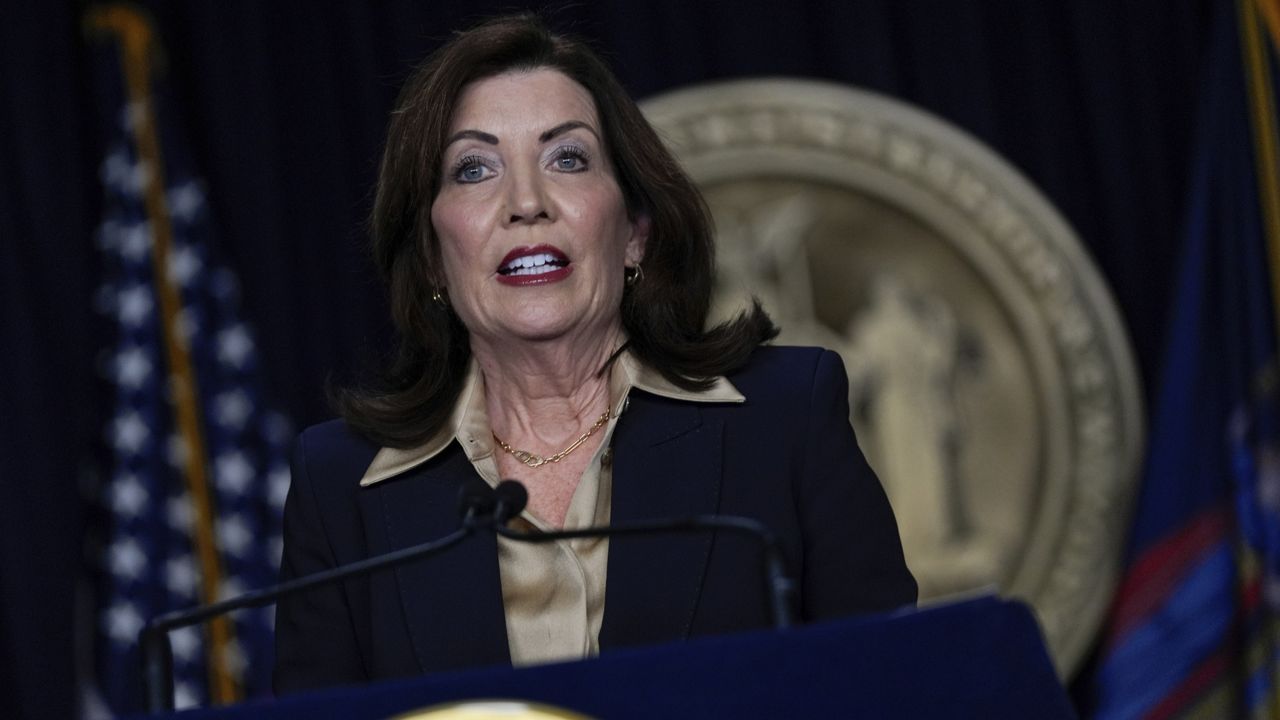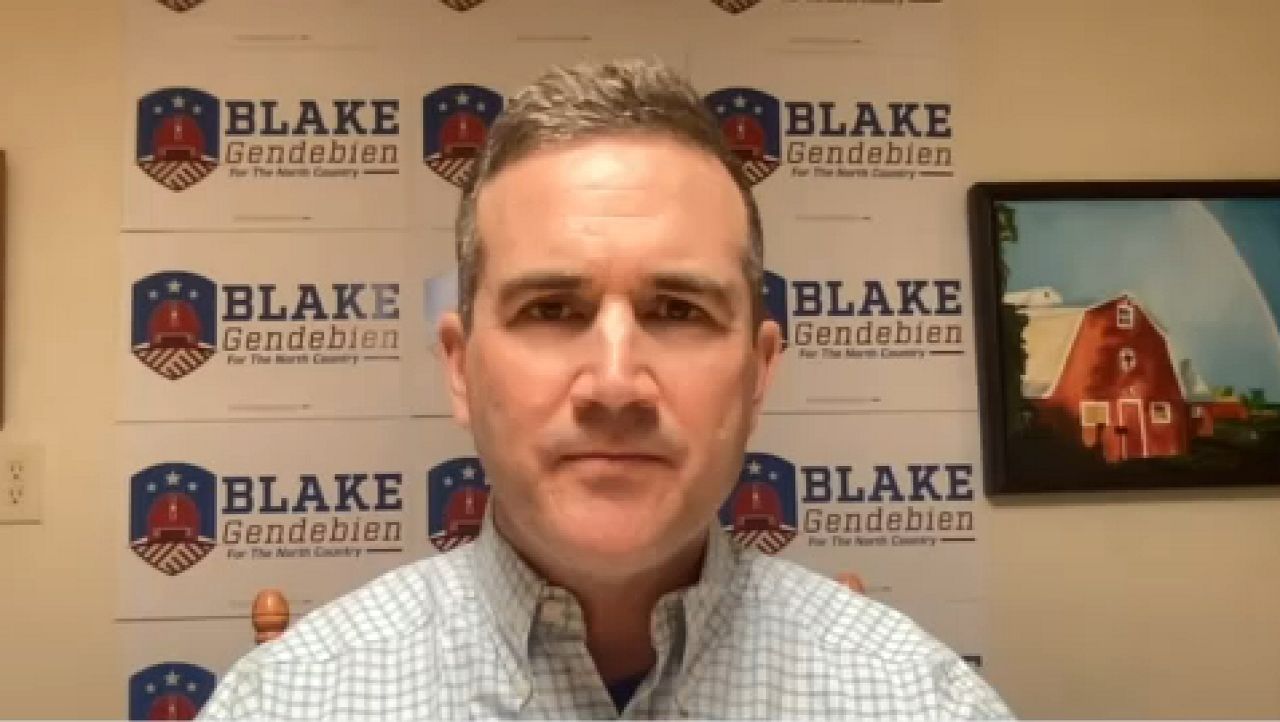Deaths that occur from alcohol-related traffic crashes are up nearly 30% in the state over the last several years, police said, driving lawmakers to explore how they can reverse the trend and make New York roads safer.
Lawmakers are pursuing new solutions to end drunken and intoxicated driving, as the decades-long fight takes a new turn as substance use and incidents of intoxicated driving have increased since the COVID-19 pandemic.
During a legislative hearing Friday on intoxicated driving, New York State Police testified to lawmakers more than 7,000 alcohol-related traffic crashes took place in the state last year, resulting in 335 deaths.
That's up from 262 deaths in 2019, or a nearly 30% increase.
Police say school districts should be required to teach K-12 students about impaired driving and how to protect themselves and others.
"You're in a learning environment, and the communication needs to be there and needs to be strong that that drugs are unacceptable," state police zone commander Lt. Scott Kedenburg said. "And this itself specifically to our endeavor now, driving while imparied or intoxicated is not tolerated."
State police said alcohol or drug-ability impaired arrests account for 13% of all arrests they made last year.
Lawmakers and families of drunken driving victims said Friday addressing the problem takes a combination of better education in schools, colleges and universisites as well as steeper consequences for people who drive under the influence.
Long Island parents Alisa and John McMorris shared the story of their 12-year-old son, Andrew, who was killed when a drunken driver hit him while he was hiking with his Boy Scout troop in September 2018.
"Willful ignorance will no longer be tolerated," she said. "We need to make a change now and we need everyone to feel that at a level of their heart and soul, because my heart is broken and has this shape and size of my son, and I don't want you to feel that way."
They're working to pass Andrew's Law, named after their son, to make it a violent felony charge for each person who dies or is seriously injured by an impaired driver, and impose consecutive sentencing for incidents where numerous victims are killed or injured by thr use of the vehicle.
"Like in Andrew's incident, there were several scouts also injured, Andrew unfortunately was the only one who passed, but the other scouts survived," John McMorris said. "Yet New York state law sees it as one incident even though it happened to many more people."
Lawmakers are eyeing another push next session to lower the Blood Alcohol Concentration limit for drivers from .08 to .05% for driving while intoxicated, and to reduce it from .18 to .12% for aggravated DWI.
Sponsor Assemblywoman Jo Anne Simon said someone with a Bac between .05 and .08 is 21% more likely to be in a crash. It's a standard 90 countries worldwide already have, she added.
"We know that alcohol impairs at a much lower level than we currently are charging for it," said Simon, a Democrat from Brooklyn. "We have really been able to establish that there are cognitive impacts, motor impact psychomotor impacts as a result of .05%."
Officials also discussed the need for more resources to test drivers for marijuana use, which is becoming more frequent since being legalized in 2021.
Lawmakers say county labs don't have the technology to test for marijuana, and need funding for those upgrades.
Assemblyman Keith Brown, a Republican from Northport, plans to introduce legislation next session to fix that. He also wants to change state law to require any person who undergoes a toxicology screening to also be screened for co-occuring medical and mental health disorders.
"If someone has a substance abuse problem, they most likely have a behavioral health problem that goes along with it," Brown said. "... We need to get this bill right, and we need to get it right the first time."










